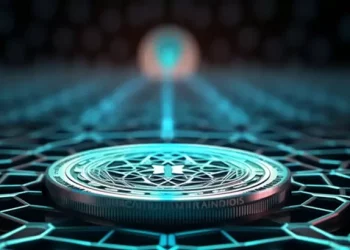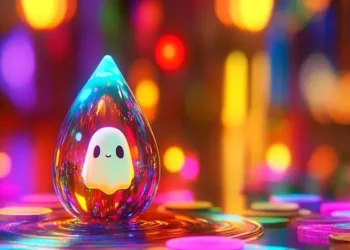In the past few years, Non-Fungible Tokens (NFTs) have taken the art world by storm. These digital assets have become increasingly popular among collectors and investors due to their unique nature and ability to increase in value over time. But how exactly do NFTs increase in value?
To understand the value of NFTs, we need to first understand what they are. NFTs are unique digital assets that are stored on a blockchain – a decentralized ledger that records transactions. Unlike other cryptocurrencies like Bitcoin, which are fungible and can be exchanged for one another, NFTs are non-fungible and cannot be replicated or exchanged for identical tokens.
-
Scarcity
One of the main factors that contribute to the increase in value of NFTs is their scarcity. Just like physical art pieces, the value of NFTs increases as the supply dwindles. The rarer the NFT, the more valuable it becomes. This is because collectors are willing to pay a premium for unique items that are not easily obtainable.
-
Provenance
Another factor that contributes to the increase in value of NFTs is their provenance. Provenance refers to the history of ownership of an NFT and can play a significant role in determining its value. For example, an NFT created by a well-known artist who has a track record of producing valuable pieces will likely be worth more than an NFT created by an unknown artist. Similarly, an NFT that has been owned by a famous collector or institution may also be more valuable due to its prestigious ownership history.
-
Quality
The quality of the NFT itself can also impact its value. NFTs that are well-designed, visually appealing, and offer unique features are often more valuable than those that lack these qualities. For example, an NFT that includes interactive elements or incorporates augmented reality technology may be more valuable than a simple static image.
-
Demand
The demand for NFTs is another significant factor that contributes to their value. As more collectors and investors become interested in NFTs, the demand for these digital assets increases. This, in turn, can drive up the value of existing NFTs. Additionally, as NFTs gain more mainstream acceptance, their value is likely to increase further.
-
Cultural significance
The cultural significance of NFTs can also impact their value. Just like physical art pieces, NFTs can have cultural and historical significance. For example, an NFT that depicts a significant moment in history or reflects a particular cultural movement may be more valuable due to its importance in society.
Finally, the ability to trade NFTs on secondary markets can also contribute to their increased value. These secondary markets provide a platform for buyers and sellers to exchange NFTs, which can increase liquidity and provide a price discovery mechanism. As more NFTs are traded on secondary markets, their true market value becomes more apparent, which can lead to increased demand and higher prices.
In conclusion, NFTs increase in value due to a combination of factors, including scarcity, provenance, quality, demand, cultural significance, and their ability to be traded on secondary markets. As interest in NFTs continues to grow, it is likely that their value will continue to rise, making them an attractive investment opportunity for collectors and investors alike.














